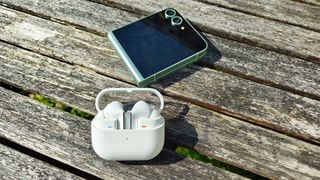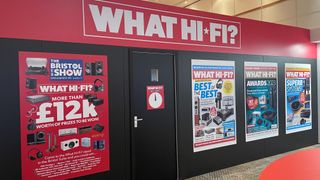News
Latest news
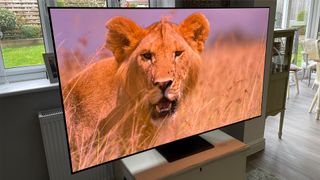
This five-star Samsung S95D OLED TV has hit its lowest price ever
By Joe Svetlik published
An excellent TV, at an excellent price.
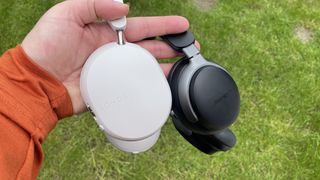
The Sonos Ace has had its price slashed – but we've seen a better headphone deal
By Esat Dedezade published
Deals We spy with our deal-finding eyes, something beginning with B…
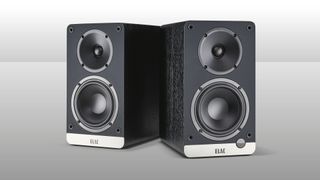
Elac's Award-winning five-star hi-fi system ticks plenty of boxes and is back to its lowest ever price
By Andy Madden published
This superbly-priced, brilliant-sounding setup is a major bargain deal thanks to a massive saving.
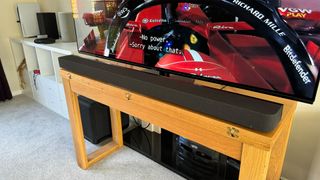
Sony's Dolby Atmos soundbars are half price with a TV purchase: but you should only consider these 2 combos
By Robyn Quick published
You can get all of these Sony soundbars half price with this Richer Sounds deal.
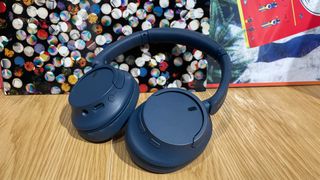
Sony's best budget headphones are now even cheaper on Amazon
By Grace Dean last updated
Deals The Sony WH-CH720N over-ear headphones are now 30 per cent off, making them just £68 – but only in white.
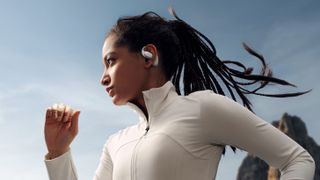
Huawei's surprisingly affordable FreeArc open earbuds are made for fitness-focused lifestyles
By Kashfia Kabir published
Huawei's affordable FreeArc open earbuds are designed to fit snugly for sporty and active users.

Save £80 on Audio-Technica's five-star turntable and get your vinyl spinning for less
By Harry McKerrell published
The LP5X gained top marks in our review, and an £80 price drop sees the five-star record player drop back to its rock bottom price.
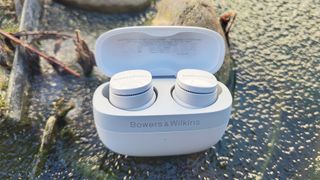
Hurry! Bowers & Wilkins' powerful-sounding wireless earbuds enjoy their first major discount
By Harry McKerrell published
The B&W Pi6 are down from £219 to £186 at Amazon, but stocks are running dry already.
Get the What Hi-Fi? Newsletter
The latest hi-fi, home cinema and tech news, reviews, buying advice and deals, direct to your inbox.
